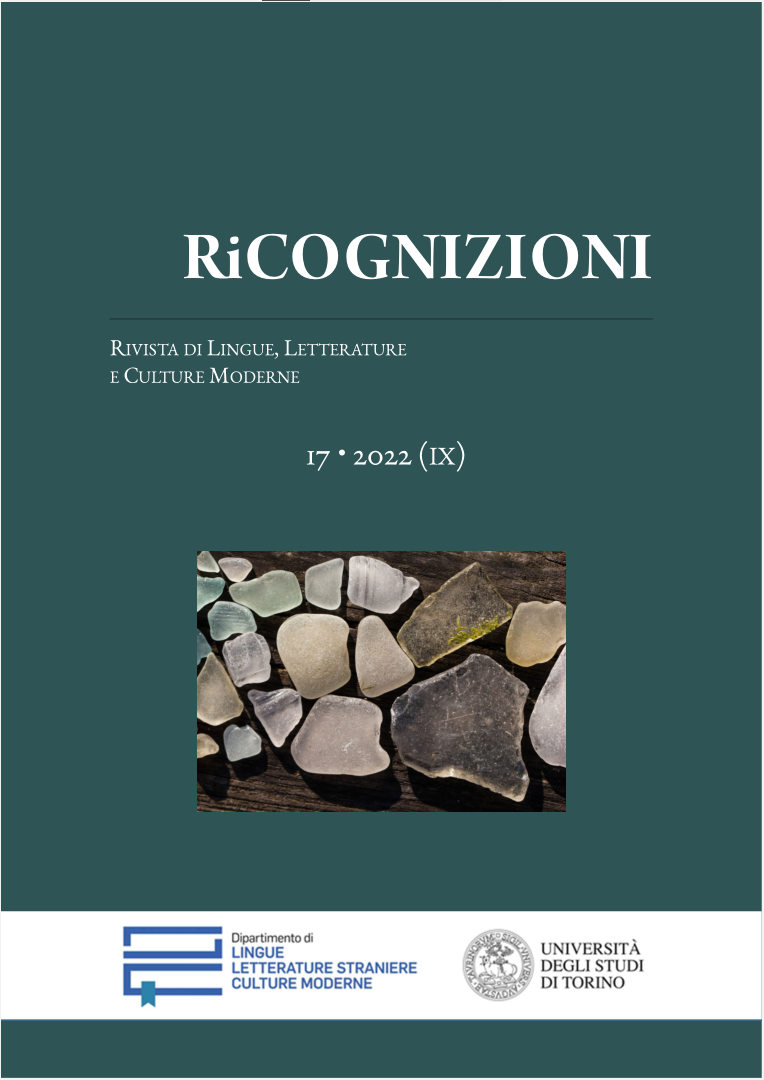Translanguaging in EMI
Lecturers’ perspectives and practices
DOI:
https://doi.org/10.13135/2384-8987/6670Keywords:
EMI, Translanguaging, English-Only Approach, Language Policies, Language PracticesAbstract
The use of English to teach academic subjects at university level has been on the increase in the past years, attracting considerable research attention. Among the most pressing issues is that of the language competences required to teach and learn through English. Accordingly, EMI studies have investigated, among other topics, the use of language in the classroom, focusing on the features of lecturers’ spoken production in English. Although the use of English is assumed in EMI, insights into classroom practices indicate that lecturers and students engage in translanguaging between English and other languages. The goal of this paper is to investigate whether lecturers pursue a language policy in class, why they confine themselves to English and when they exploit their multilingual resources, allowing or even prompting students to do the same. Drawing data from interviews with thirty EMI lecturers from five European countries (Croatia, Denmark, Italy, Spain and the Netherlands), the lecturers’ implicit or explicit language policies will be investigated, inquiring into the motives for the adoption of an English-only approach or the flexible use of other languages. Subsequently, classroom discourse practices will be examined focusing on translanguaging in order to verify whether reported language policies and practices correspond to observable behaviour. The data for the study of language use in class is taken from the TAEC Corpus, consisting of thirty transcribed EMI lectures collected within the five countries under study. We will discuss the complexity of the rationale behind English-only language choices and pluralistic language use, arguing that multilingual-oriented EMI policies should not be normed top-down but emerge from communication needs in the classroom.
Downloads
Published
How to Cite
Issue
Section
License
RiCognizioni is published under a Creative Commons Attribution 4.0 International License.
With the licence CC-BY, authors retain the copyright, allowing anyone to download, reuse, re-print, modify, distribute and/or copy their contribution. The work must be properly attributed to its author.
It is not necessary to ask further permissions both to author or journal board.








